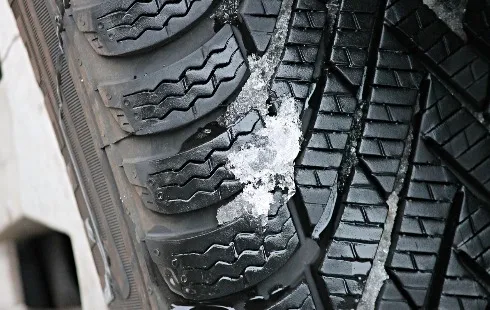
8HoursMining cloud mining platform, daily profits up to $9,337
Section: Business
The HyQReal, a newly developed hydraulic telepresence robot, is designed to assist in environments where human safety is at risk. This innovative robot features an advanced control system enabling remote operation.
Weighing in at 140 kg and standing 1.35 meters tall, the HyQReal is built robustly with hydraulic-powered legs that provide significant torque, reaching up to 300 Nm per leg. The hydraulic system is powered by onboard batteries capable of delivering up to 4 kW. Additionally, the robot is equipped with two hydraulic arms, each weighing 10 kg, which can lift loads of up to 5 kg. These arms can be fitted with interchangeable tools, including multi-fingered grippers and specialized equipment, allowing for versatile applications.
The HyQReal's design prioritizes durability, featuring a sturdy metal chassis, an aluminum roll cage, and a Kevlar outer shell, all aimed at enhancing its resilience in challenging conditions. According to the developers, a key focus has been the advancement of central drive technologies that are lightweight yet powerful, facilitating a bi-manual manipulation system that integrates seamlessly with the robot.
The robot is operated via a specially designed haptic teleoperation system that immerses the user in a virtual reality (VR) environment. The operator wears a VR headset that displays live footage from stereo cameras mounted on the robot, allowing for precise control and real-time visualization of the robot's actions.
Control is achieved through a 3D input device that allows movement in three dimensions, ensuring that the robot's joints and their limitations are taken into account, preventing control conflicts. The robot can receive commands wirelessly, enabling operation over considerable distances via an internet connection.
HyQReal is intended for deployment in hazardous situations, such as firefighting operations and disaster recovery missions. A previous version of the robot successfully operated in a simulated tunnel fire scenario in 2022, effectively extinguishing flames without sustaining damage. Its capabilities also extend to debris clearance and hazardous material handling, tasks that would pose significant risks to human operators.
This robotic advancement highlights the potential of hydraulic systems in robotics, despite a general trend towards electric actuators, due to their ability to generate high power and dynamic movement in demanding environments.

Section: Business

Section: Arts

Section: Politics

Section: Health Insurance

Section: News

Section: News

Section: News

Section: Arts

Section: News

Section: Arts
Health Insurance in Germany is compulsory and sometimes complicated, not to mention expensive. As an expat, you are required to navigate this landscape within weeks of arriving, so check our FAQ on PKV. For our guide on resources and access to agents who can give you a competitive quote, try our PKV Cost comparison tool.
Germany is famous for its medical expertise and extensive number of hospitals and clinics. See this comprehensive directory of hospitals and clinics across the country, complete with links to their websites, addresses, contact info, and specializations/services.
Frisch mit dem Amadeus Austrian Music Award ausgezeichnet, meldet sich OSKA mit neuer Musik und neuen Tourdaten zurück. Ihr zweites Album ,,Refined Believer" erscheint am 20. Juni 2025 und zeigt sie persönlicher und facettenreicher denn je. Noch in diesem Jahr geht sie solo auf Tour, bevor sie...



No comments yet. Be the first to comment!